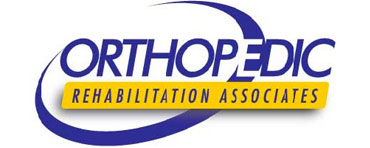Investigating the Impact of Hands-on Therapy Methods on Alleviating Musculoskeletal Discomfort and Enhancing Patient Results
Investigating the Impact of Hands-on Therapy Methods on Alleviating Musculoskeletal Discomfort and Enhancing Patient Results
Blog Article
Hands-on treatment techniques are hands-on approaches used by medical professionals to treat muscle and joint pain. These methods include different forms of manipulation and movement of the body’s muscle tissue and joints. The goal of hands-on therapy is to alleviate discomfort, improve mobility, and boost overall performance. Many people suffer from musculoskeletal discomfort due to trauma, suboptimal alignment, or conditions like arthritis. By using manual treatment, practitioners aim to tackle these concerns and help patients regain their quality of living.
One common manual treatment method is vertebral adjustment. This technique involves using controlled force to the vertebral column to improve positioning and reduce pain. Research has demonstrated that vertebral adjustment can be beneficial in managing lumbar back discomfort and cervical pain. Another method is soft connective tissue mobilization, which concentrates on reducing tightness in the muscle tissue and soft tissues. This can help reduce stiffness and enhance flexibility, making it easier for patients to navigate without discomfort. Both techniques can be customized to satisfy the specific requirements of each client, ensuring a custom method to treatment.
In furthermore to pain relief, hands-on therapy can enhance patient results in various aspects. For example, it can boost circulation, which helps supply nutrients and essential elements to the injured regions of the system. Improved blood flow can also promote healing and reduce swelling. Furthermore, hands-on treatment can help patients develop better body consciousness, which is crucial for avoiding future trauma. By understanding how their physiques function, patients can make more knowledgeable decisions about their activities and alignment, leading to sustained benefits.
The efficacy of hands-on therapy is often backed by patient feedback. Numerous patients report significant improvements in their discomfort levels and overall performance try this after receiving treatment. This positive reaction can lead to greater drive for patients to participate in physical activity and rehabilitation programs. When clients feel better, they are much likely to participate in their recovery journey, which can additionally improve their outcomes. This collaborative method between the therapist and the patient is crucial for attaining enduring outcomes.
In summary, hands-on treatment methods play a critical role in alleviating musculoskeletal discomfort and improving patient outcomes. By applying techniques such as vertebral manipulation and soft connective tissue mobilization, medical providers can help patients regain mobility and reduce pain. The benefits of manual therapy go further than immediate discomfort relief, as it also promotes healing and encourages patients to take an proactive role in their recovery. As an increasing number of individuals seek efficient therapies for musculoskeletal issues, hands-on therapy remains to be an essential option in the field of healthcare.